U.S.S. Boxer
LPH-4

1968
(Spider Navy SN-11)
- Class: Essex - 3 converted aircraft carriers of 1940-41
- Displacement: 25,800 tons light; 36,780 tons full load
- Dimensions: 820' (wl) 888' (oa) x 93' (147'6" max) x 28'3"
- Machinery: 4 boilers, 2-shaft geared turbines, 75,000 shp = 27 knots
- Armament: 8-5"/38 (4x2) guns
- Aircraft: 30 helicopters
- Troop capacity: 1,950
- Complement: 1,200
- Builder: Newport News
- Keel Laid: 13 Sep 1943
- Launched: 14 Dec 1944
- Commissioned: 16 Apr 1945
- Decommissioned: 1 Dec 1969
- Notes: Boxer completed as CV-21, one of 24 Essex-class aircraft carriers. Sailed for the Pacific after commissioning, but arrived at San Diego in Aug 1945, too late to participate in WW2 combat. Served as flagship of TF77 Sep 1945-Aug 1946. Returned to west coast, serving in normal peacetime duty. First American carrier to have jet aircraft assigned to an operational squadron (VF-51).
Sailed for Far East 11 Jan 1950, returning in Jun. At beginning of Korean conflict, in Jul 1950 she made a record 8.5 day crossing of Pacific to deliver 150 Air Force and Navy planes. After an even quicker 7.5 day return, she sailed again in Aug with an air group of 110 F4U Corsairs to join TF77 in support of the landing at Inchon, 15 Sep 1950, and subsequent operations until Nov. She made three additional deployments, including air strikes against North Korean hydroelectric dams in Jun 1952. Suffered a serious hangar deck fire in Aug 1952, but returned to action after emergency repairs at Yokosuka. Boxer received eight battle stars for her Korean service,
Reclassified CVA-21 in Oct 1952 and CVS-21, 15 Nov 1955.
Served as flagship for Operation Hardtack, a series of nuclear weapons tests in the central Pacific during 1958.
In late 1957, the Navy and Marines began experimenting with the idea of a carrier operating entirely with helicopters for vertical envelopment assaults, using Boxer for some of these tests.
Re-designated as a landing platform helicopter, LPH-4, amphibious assault ship on 30 Jan 1959. Forward part of hangar deck converted to troop berthing; power plant halved; all light AA removed. FRAM II life extension in FY62.
On station during the 1962 Cuban Missile Crisis. In Aug 1965 Boxer transported major elements of the Army's 1st Cavalry Division (Airmobile) to Vietnam, including more than 200 helicopters and fixed-wing aircraft and 1,200 personnel.
Accorded two campaign stars for Vietnam War service in 1965-66.
Prime recovery ship for Gemini 8 16 Mar 1966.
Scrapped at Brooklyn, 1971.

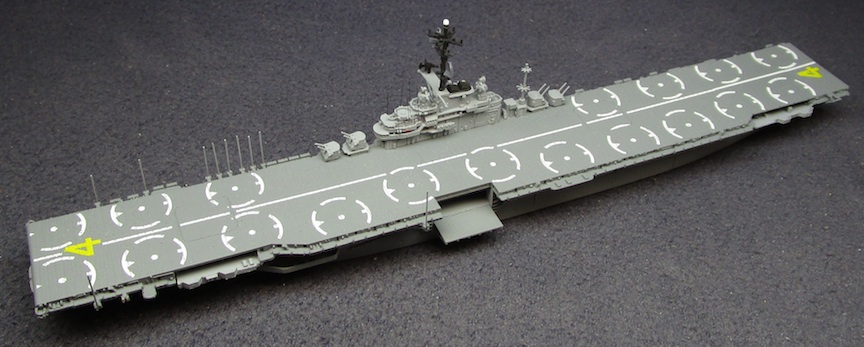
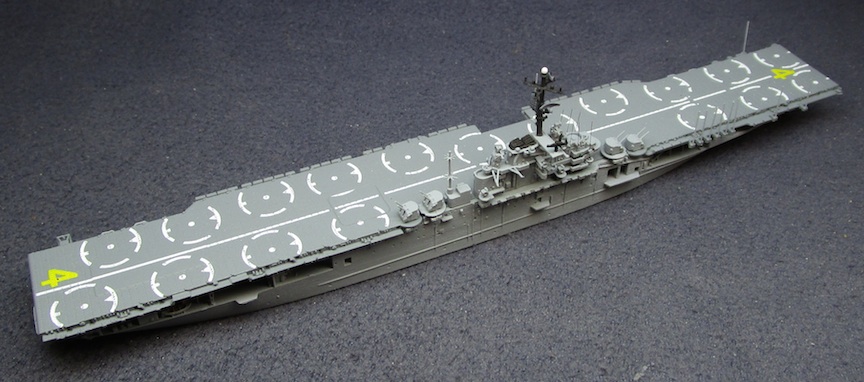
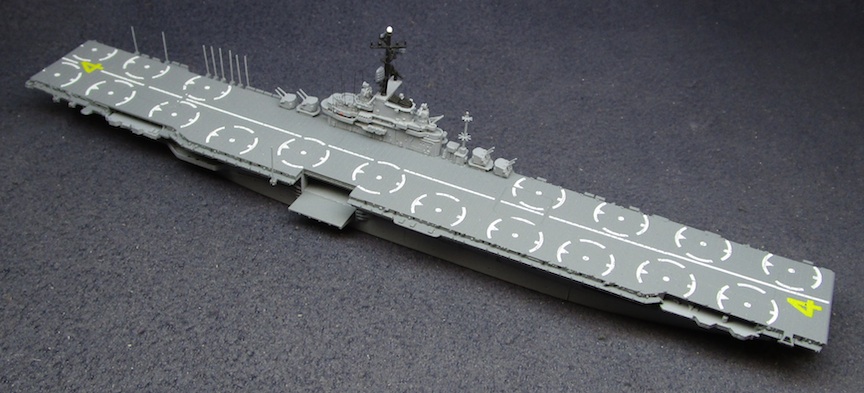
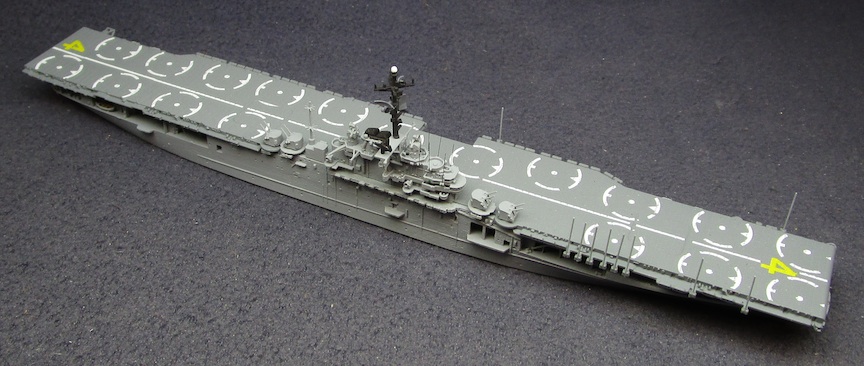
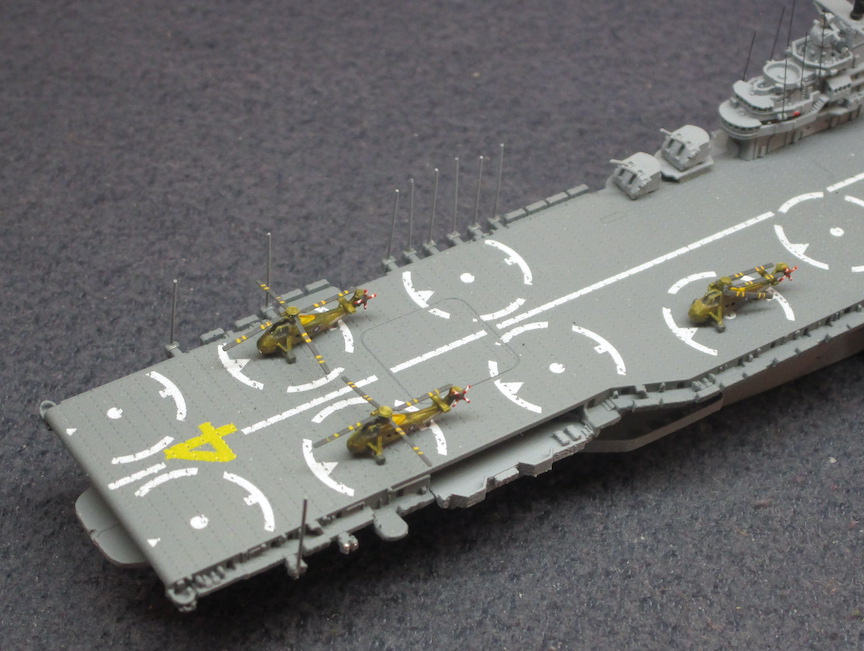
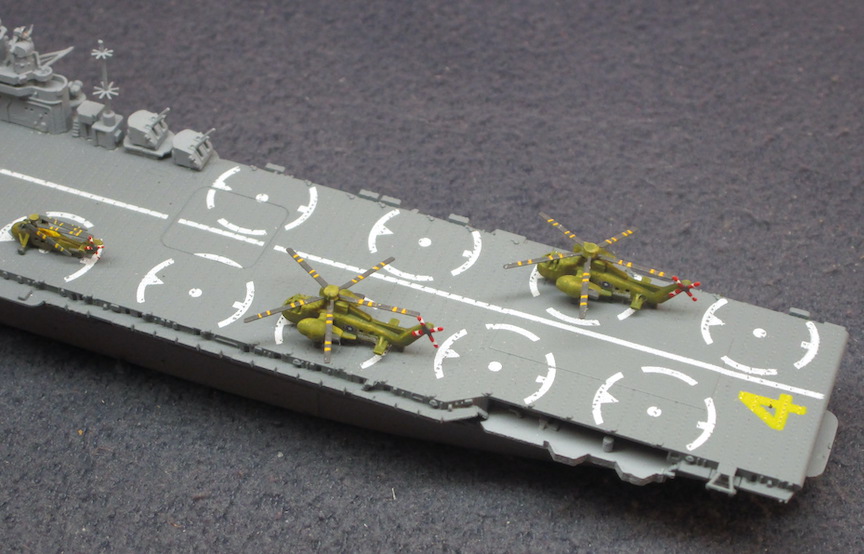
- HUS-1 Seahorse
- HR2S-1 Deuce
 Up
Up









 Up
Up